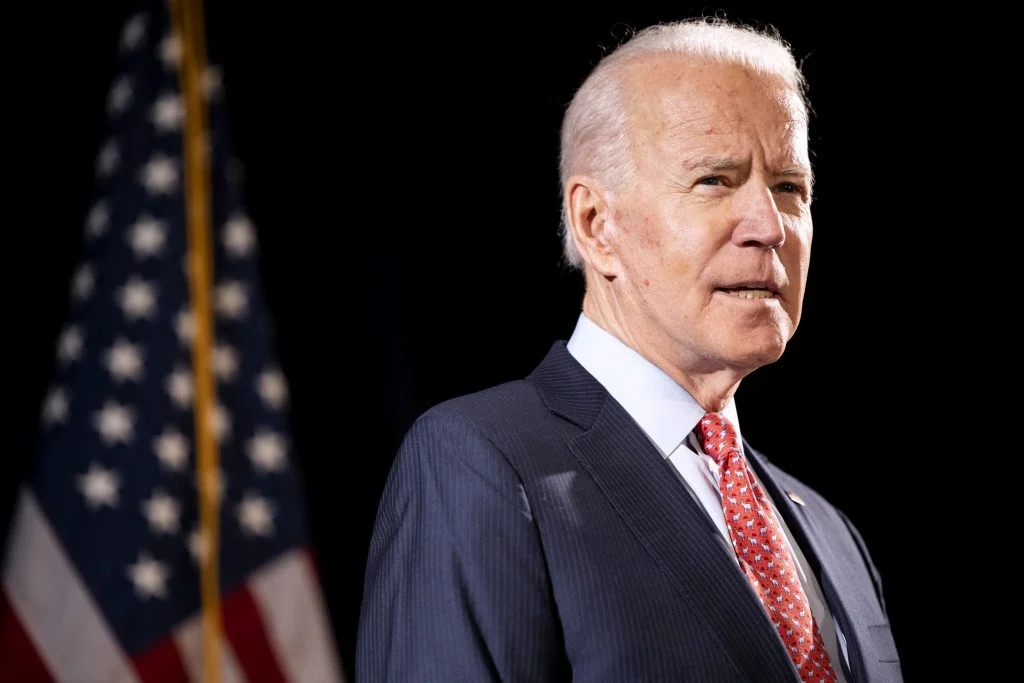As part of plans to tame the rapidly growing stablecoin market, the Biden administration is said to be developing a new legal framework for stablecoin issuers that would classify them alongside banks.

The Wall Street Journal reported on Friday that the government is trying to persuade Congress to create a new “special-purpose charter” for stablecoin issuers and other organizations in the same category, citing people familiar with the situation.
Although the exact form of the legislation has yet to be determined, it is expected to be tailored specifically to these types of business structures.
In recent months, policymakers have raised concerns about stablecoins, claiming that these dollar-pegged assets are not properly regulated.
Stablecoins like Tether (USDT) and USDC Coin (USDC) should be regulated in the same way that money market funds like bank deposits, according to Federal Reserve Chairman Jerome Powell, who spoke to the Financial Services Committee earlier this week. Despite this, he remained adamant that there would be no blanket ban on Bitcoin (BTC) or other digital assets.
In a 49-page document titled “Taming Wildcat Stablecoins,” the Fed and Yale University detailed two regulatory frameworks for stablecoins, as Cointelegraph reported in July.
The authors of that study stated that when it comes to stablecoin rules, authorities only have two options: make them equivalent to public money or tax them out of existence via central bank digital currency.
According to the most recent market capitalization estimates, stablecoins — digital currencies that are entirely or partially tied to a form of fiat money like the US dollar — have grown to become a $128 billion industry.
Tether controls more than half of the market, despite the fact that competitors like USDC and Binance USD (BUSD) have made tremendous progress this year.
Concerns about the liquidity and reserve status of stablecoin issuers have gotten a lot of attention as these markets have evolved.
Tether Holdings Ltd. agreed to publish periodic reports demonstrating its currency reserves after striking an agreement with the Office of the New York Attorney General. The corporation revealed its comprehensive reserve split for the first time in May of this year.
